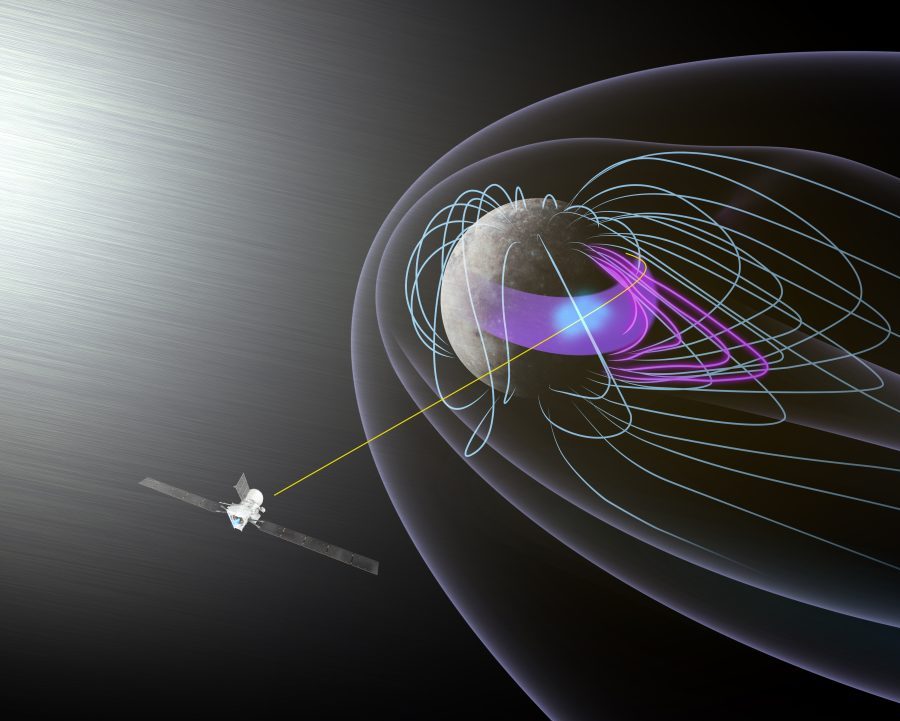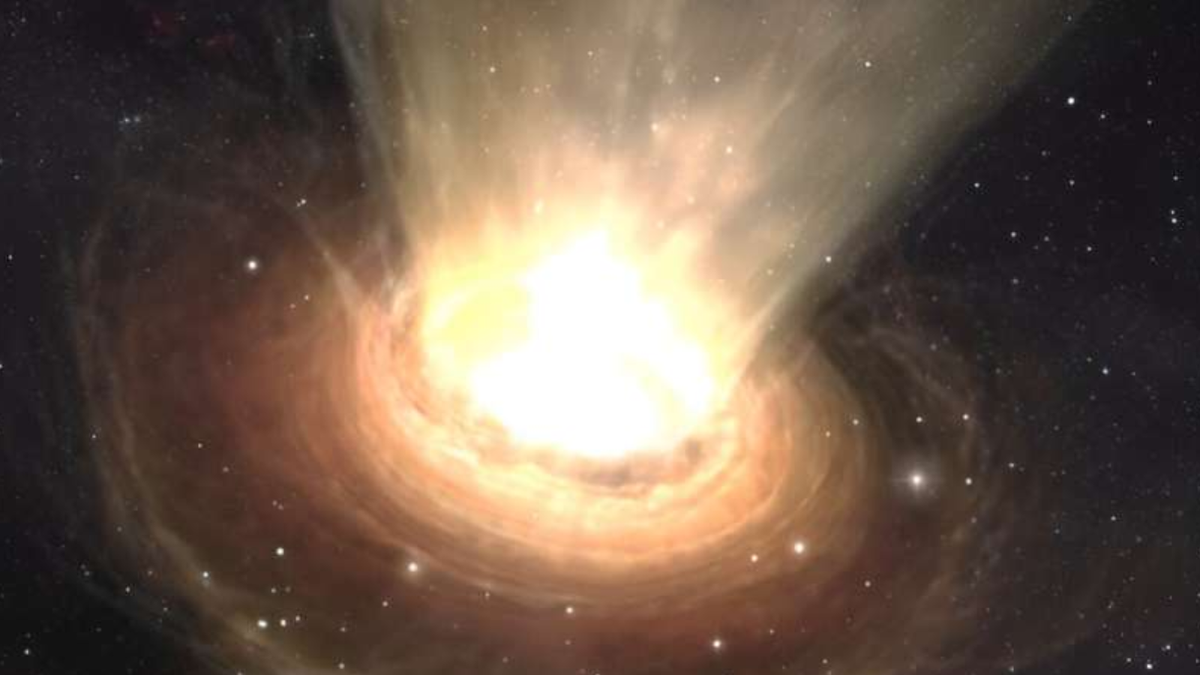It is widely believed that the Moon formed during a collision between Earth and a minor planet known as Theia about 4.5 billion years ago. But now experts are proposing a new theory about the origin of the Moon.
The research indicates that the young Earth may have kidnapped the Moon during a close encounter with a binary system.
Similarities between Earth and Moon rocks
Over the course of six missions to the Moon between 1969 and 1972, Apollo astronauts collected more than 800 pounds of lunar rocks and soil.
Chemical and isotopic analysis of these samples revealed their similarities to Earth's rocks and soil: they are calcium-rich, basalt, and date to approximately 60 million years after the formation of the solar system.
Challenging the theory of planetary collisions
Based on Apollo data, planetary scientists who gathered at the 1984 Kona conference in Hawaii reached a consensus that the Moon formed from debris after a massive collision. This explanation of the Moon's origin has shaped scientific understanding for decades.
However, two researchers from Pennsylvania State University They challenge this long-standing narrative.
A study conducted by Professor Darren Williams and Professor Michael Zuger suggests that the Moon was captured during a close encounter between Earth and a pair of rocky bodies.
Unsolved questions about the origin of the moon
“The Kona Conference has set the narrative for 40 years,” Williams said. But there are still some unresolved questions.
One of these concerns the orbit of the Moon. If the Moon had formed from the debris of a planetary collision and coalesced into a ring around Earth, it should orbit directly above the planet's equator. Instead, the Moon's orbit is not in line with the Earth's equator but is more in line with the Sun.
Did Earth's gravity attract the Moon?
In the binary reciprocal capture theory proposed by Williams and Zuger, Earth's gravity separated the two objects in the binary system, capturing the Moon while the other object was swept away. Then the captured moon settled into the orbit that we observe today.
This process is unheard of in the solar system. Williams pointed to Triton, Neptune's largest moon, as evidence of a similar event.
Triton is thought to have been pulled into orbit from the Kuiper Belt, where an estimated 10% of objects are binary pairs. Triton's retrograde orbit (the opposite of Neptune's) and its 67-degree tilt from the planet's equator indicate a capture event.
Lunar orbit dynamics
Williams and Zuger calculate that Earth could have captured a satellite larger than the Moon, likely an object the size of Mercury or Mars. However, they noted that the resulting orbit may not have been stable enough to continue.
The researchers explained that the moon's orbit initially began in the form of an elongated ellipse and not in the form of a circle. Over time, Earth's tides affected the shape of the orbit, causing it to change.
“Today, the Earth's tide is advancing on the Moon,” Williams said. “The high tide speeds up the orbit. It gives it a pulse and a little bit of a boost. Over time, the moon drifts away a little bit.”
The Moon's elliptical orbit has become circular
However, when the Moon was closer to Earth, as it would have been immediately after capture, the tides had the opposite effect.
Williams and Zuger calculate that this initial elliptical orbit shrank over thousands of years, gradually becoming more circular.
Eventually, the Moon's rotation was confined to the Moon's orbit around the Earth, a situation that remains today.
At that point, the tidal evolution likely reversed, and the Moon began to slowly move away from Earth.
Earth's gravity and the sun
Williams explained that the Moon moves about three centimeters from the Earth every year. Currently, the Moon is 239,000 miles away, and at that distance, it feels a strong pull from the Sun and Earth.
“The Moon is now so far away that the Sun and Earth are competing for its attention,” Williams said. “They're both pulling it.”
The composition of the moon remains a mystery
Williams and Zuger's calculations suggest that a satellite captured via binary exchange could exhibit the same behaviors as an Earth satellite. But Williams acknowledged that this theory is not necessarily the final word.
“No one knows how the Moon formed. For the past four decades, we had one possibility for how it got there. Now, we have two. This opens up a treasure trove of new questions and opportunities for further study.”
The research is published in Planetary Science Journal.
—–
Like what I read? Subscribe to our newsletter to get engaging articles, exclusive content and latest updates.
Visit us at EarthSnap, a free app brought to you by Eric Ralls and Earth.com.
—–

“Extreme travel lover. Bacon fanatic. Troublemaker. Introvert. Passionate music fanatic.”




![[مرة واحدة في السنة! ]A special Tsukuba Space Center open house will be held on October 26 (Saturday), and some facilities can only be accessed on this day | Sorae portal site to space](https://sorae.info/wp-content/uploads/2024/10/2024-10-04-spacemedia-HII-Tsukuba.jpg)

More Stories
The James Webb Space Telescope has discovered that an ancient supermassive black hole is blowing out galaxy-killing winds
Bhad Bhabie reconciles with estranged father Ira Peskowitz
The Earth had two moons in the past. He has visited one of the small moons twice and will return in 27 years